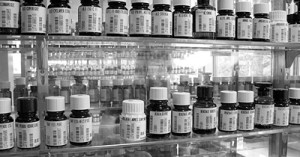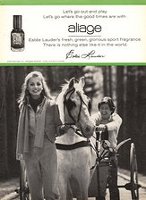Bespoke Perfumery
Fragrance articles are always an exciting find, especially when they cover in depth topics. The most current edition of the French weekly Le Point (English version) arrived last weekend and to my surprise there were several pages devoted to the topic of bespoke perfumery. For those of you French readers unfamiliar with the publication, I have enclosed a link to Le Point below.
A bespoke fragrance, much like any bespoke creation, is developed with the individual tastes of the intended wearer in mind. While the concept of bespoke perfumery has been around for hundreds of years, executed perhaps most successfully by Guerlain, newer houses and individual perfumers are offering this ultimate luxury to those lucky few who can afford it (prices range anywhere from $12,000 to $45,000, though I have heard of people paying more).
The article focuses on Francis Kurdjian, Mathilde Laurent and Thierry Wasser, each of whom dedicate time to this extreme niche creation. The process in itself sounds memorable and luxurious, offering the opportunity to meet with the perfumer personally in order to create an olfactory profile. Personal scent preferences and olfactory memories are discussed and of course the process involves lots and lots of sampling to narrow down genres and individual notes.
While I will not likely be commissioning a bespoke fragrance for myself any time soon, I love the idea of having a perfume created solely for one individual, reflecting the many complexities and passions of scent. While it will certainly be profitable for the fragrance companies, it does bring back some of the allure of traditional perfumery, exploring the art rather than the commercialism.
http://www.lepoint.fr/






